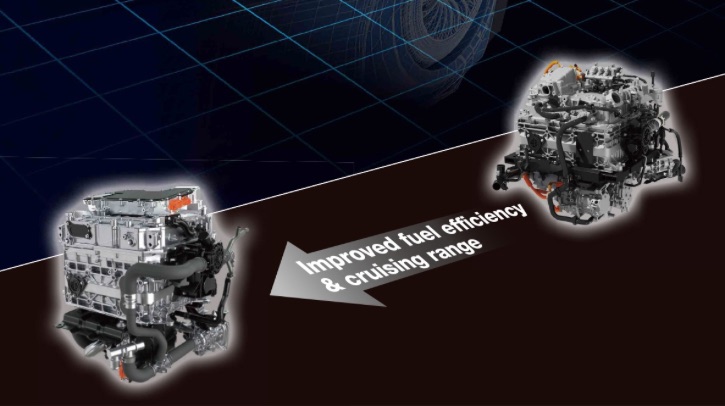Toyota Motor Corporation has developed its third-generation fuel cell system, designed to meet the needs of the commercial sector with the same durability as conventional diesel-powered engines.
The new system features improvements in performance, including fuel and a significant reduction in costs compared to the previous version. In addition to passenger vehicles, the third-gen FC system will be expanded for use in heavy-duty commercial vehicles and is planned for debut in markets such as Japan, Europe, North America, and China from 2026 onwards.
The third-gen FC system will be unveiled for the first time on February 19 at the H2 & FC Expo (International Hydrogen & Fuel Cell Expo) in Tokyo, Japan.
Toyota says it considers hydrogen an important fuel in pursuit of carbon neutrality. In 2014, the company launched the Mirai fuel cell electric vehicle (FCEV) and has since sold 28,000 units across 30 countries and territories. Additionally, since 2019, Toyota has been supplying FC systems for use in other applications, such as buses, railroads and stationary power generators, and has supplied more than 2,700 units to more than 100 customers globally.
In Japan, Toyota works with many partners, particularly in the Tokyo and Fukushima prefectures, to implement these systems in the commercial sector and help create a hydrogen society. Toyota says the new third-gen FC system was developed based on customer feedback and insights from proof-of-concepts and demonstration tests over the past several years.
For passenger vehicles, the improved fuel efficiency provides greater cruising range for further peace of mind. For heavy-duty commercial vehicles, the new FC system offers a level of durability comparable to diesel engines and high power. In addition, by designing the system to be more compact, it can be more easily integrated into various commercial vehicles.
Toyota states that it is up to two times more durable than the preceding generation and 1.2 times more fuel efficient. The third-gen FC system can also be installed in a variety of commercial vehicles, passenger cars, and general-purpose applications, such as stationary generators, rail, and ships.


